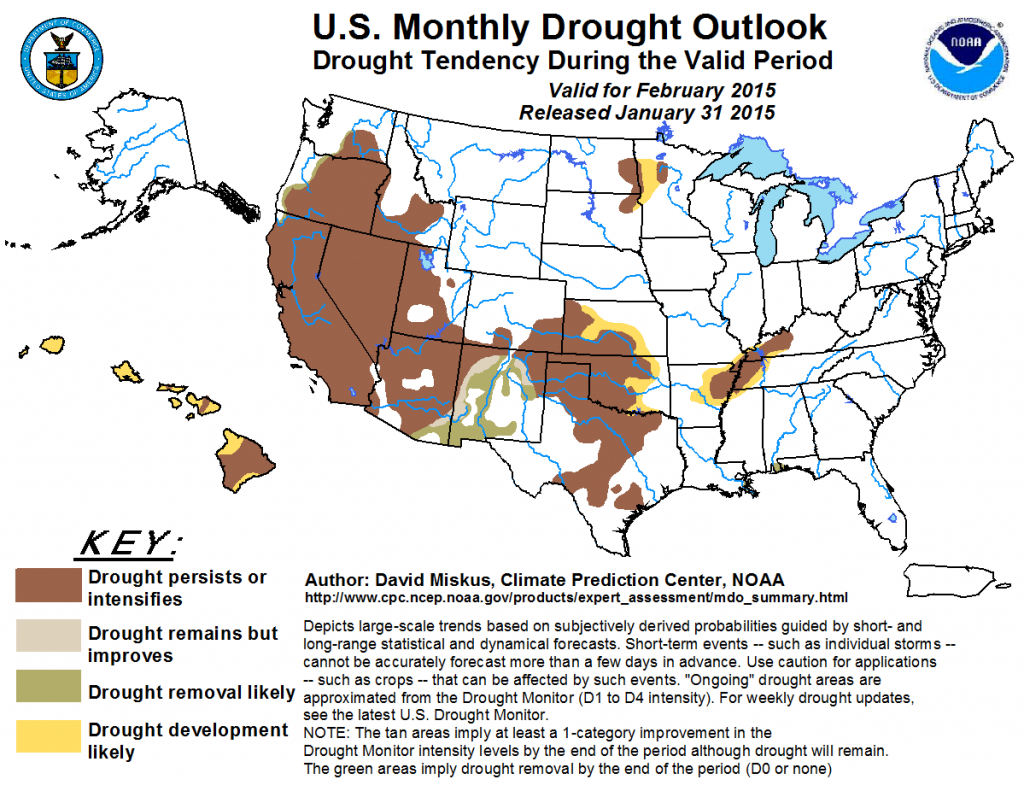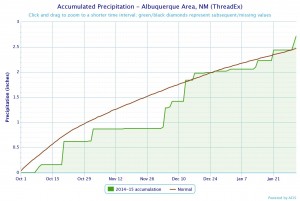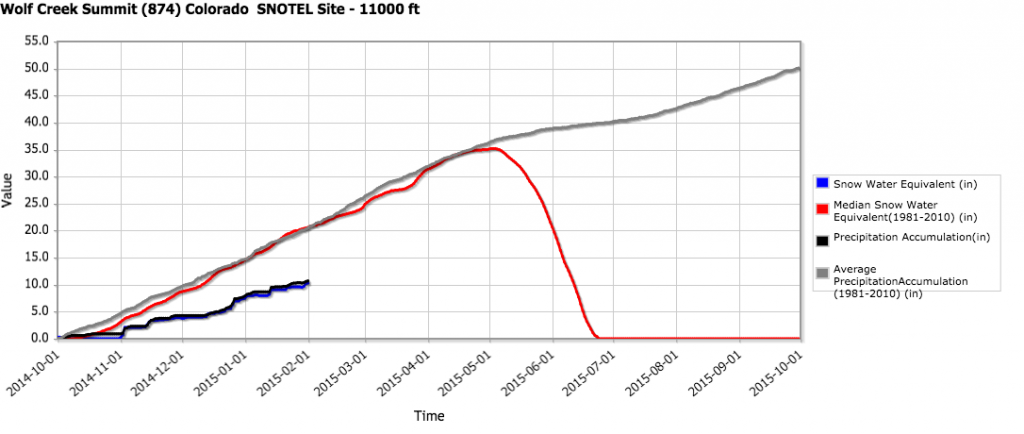Isabel Sanchez, my editor for many years at the Albuquerque Journal, gave me this hourglass as a going away present. The joke has been that I really need a new watch, and that I was just nine months away from my 25th anniversary at the Journal, which is traditionally marked by the gift of a nice watch. I would point to my crappy old watch with rubber bands to catch the loose strap, and wonder whether it was worth hanging on another nine months.
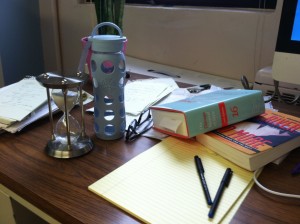
my desk, with Isabel’s hourglass
If you are a writer who has worked long and deeply with a good editor, you will understand why my relationship with Isabel was the hardest thing to walk away from. She could see, through the mush of copy turned in on a newspaper’s unforgiving deadlines, what I was trying to say, and helped me say it.
Six years ago, as the newspaper business was reeling from the double whammy of a general economic shitstorm and the simultaneous implosion of our business model, I spent serious time taking an inventory of my skills and options. (Was it too late to learn welding?)
Watching the slide, Michael Hirschorn speculated on what the decline of newspapers meant for people like me:
It will … mean the end of a certain kind of quasi-bohemian urban existence for the thousands of smart middle-class writers, journalists, and public intellectuals who have, until now, lived semi-charmed kinds of lives of the mind.
I am happy that Hirschorn was at least partly wrong, because six years ago I concluded that nothing could be better for me than that semi-charmed life. But there were constraints to the newspaper form – a self-contained 600 or 800 words for a naive audience for whom I had to explain everything from scratch – that increasingly chafed.
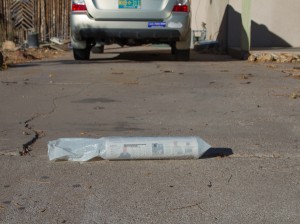
newspaper on driveway
It’s a powerful medium. To have editors and designers and printers staying up all night, and a delivery team in the dawn hours to throw my words on 70,000 driveways is a remarkable privilege. I care deeply about water. Welding jokes aside, I looked hard six years ago at options working in government water policy jobs before deciding that there was no better way to help New Mexico sort out the problems posed by aridity and climate change than the seat I had and the 70,000 driveways to which it gave me access.
But there is a more complicated story I need to tell, that cannot fit in 600 or 800 words. I’ve been looking for a way to tell that story off and on for years. When I got serious about using a book to do it, I thought I could still do newspapering on the side. But it eventually became painfully clear that I didn’t have enough brain to do both.
A year and a half ago, University of New Mexico Water Resources Program Director Bob Berrens was kind enough to invite me into the program as an adjunct. As my life began shifting from newspaper to book, Bob offered me a university office and a title (Writer in Residence). There are not one but two libraries within a two minute walk of my office, and while campus parking is exorbitant (something I wholeheartedly support), the 35 minute walk from my home to my new office is delightful, and the bus ride is quicker than my old car commute.
So here’s the plan.
This blog will stay put. It’s evolved from a toy to a sketchbook for the ideas that are going into the book, and as the book work gets more serious this year, the sketchbook is critical. I think best when I write in public, and you all have been an invaluable sounding board over many years. I’ll also be working more with the Water Resources Program students, who are so smart and engaged in figuring out how to contribute to the work of better managing our scarce water.
I’ll be traveling a lot around the Colorado River Basin this spring working on the book – Las Vegas, Phoenix, Los Angeles, the Imperial Valley, west slope Colorado. I’ll give a shout out when I need help – I’m counting on y’all to tell me where I need to go and who I need to talk to.
And I’ve left my watch at home and put Isabel’s hourglass on my desk as a reminder that I still have deadlines, but they’re more fluid now – of my own making and under my own control.

